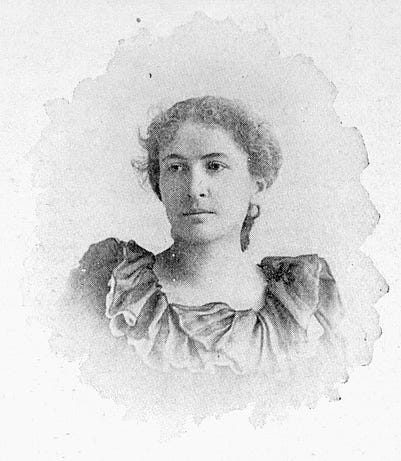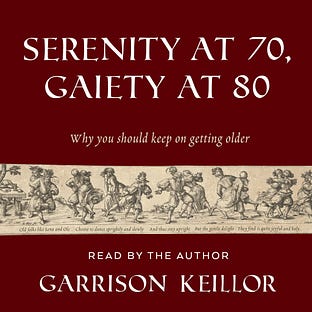|
 |
The Writer's Almanac from Saturday, December 23, 2000
“The Gift,” by William Carlos Williams, from The Collected Poems of William Carlos Williams Volume II 1939-1962 (New Directions).
On this day in 1947, three physicists—John Bardeen, Walter Brattain, and William Shockley—demonstrated a transistor to executives at Bell Laboratories in Murray Hill, New Jersey. That first transistor was crudely constructed from a razor blade, gold foil, an uncoiled paper clip, a piece of plastic, and a sliver of germanium crystal. Nine years later they received the Nobel Prize in Physics for their invention.
It's the birthday of poet and translator Robert Bly, born in Madison, Minnesota (1926). He was editor of the long running literary magazine The 50s (which later became The 60s). His books of poetry include The Light Around the Body (1967—National Book Award), and Eating the Honey of Words (1999). He’s also the author of the prose books Iron John: A Book about Men (1990) and The Sibling Society (1996).
It's the birthday of Harriet Monroe, born in Chicago (1880). She was 32 years old when she decided to establish a magazine devoted entirely to poetry—and intended to pay poets for their work. In September, 1912, she came out with the first issue of Poetry: A Magazine of Verse. For the next twenty-four years Monroe raised money, awarded prizes, and published Poetry. In 1914 she published Carl Sandburg's controversial "Chicago Poems" and in 1915 printed "The Love Song of J. Alfred Prufrock" by T.S. Eliot.
It's the birthday of the man who deciphered the Rosetta Stone, Jean François Champollion, in 1790 in a small town in southwest France. The Rosetta Stone was a black stone covered with inscriptions found by a French officer near the Egyptian town of Rosetta in 1799. There were three bands of text: hieroglyphics on top, Arabic-looking characters in the middle, and Greek on the bottom. It became very famous all across Europe, and Jean François Champollion decided that he wanted to be the first to decipher the its hieroglyphics. He determined which hieroglyphs corresponded to which names of famous people: Alexander, Cleopatra, Augustus, and Nero. Finally, in 1822, he had learned enough characters to understand the structure of the Egyptian language, and had broken the code.
Be well, do good work, and keep in touch.®
Audiobook (mp3 download): Serenity at 70, Gaiety at 80: Why you should keep on getting older by Garrison Keillor
Regular price$9.99: CLICK HERE to order.
If you are a paid subscriber to The Writer's Almanac with Garrison Keillor, thank you! Your financial support is used to maintain these newsletters, websites, and archive. If you’re not yet a paid subscriber and would like to become one, support can be made through our garrisonkeillor.com store, by check to Prairie Home Productions, P.O. Box 2090, Minneapolis, MN 55402, or by clicking the SUBSCRIBE button. This financial support is not tax deductible.


